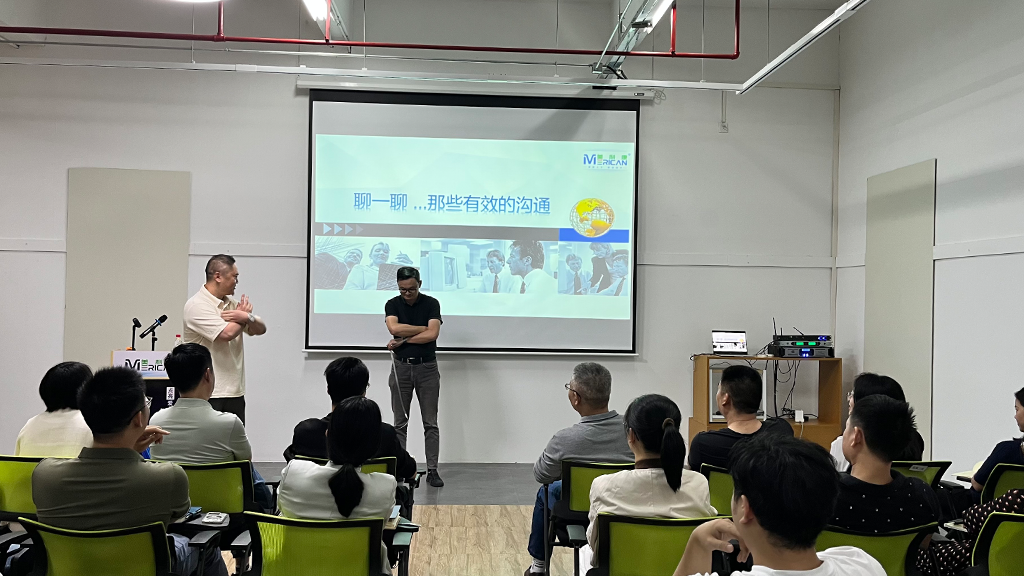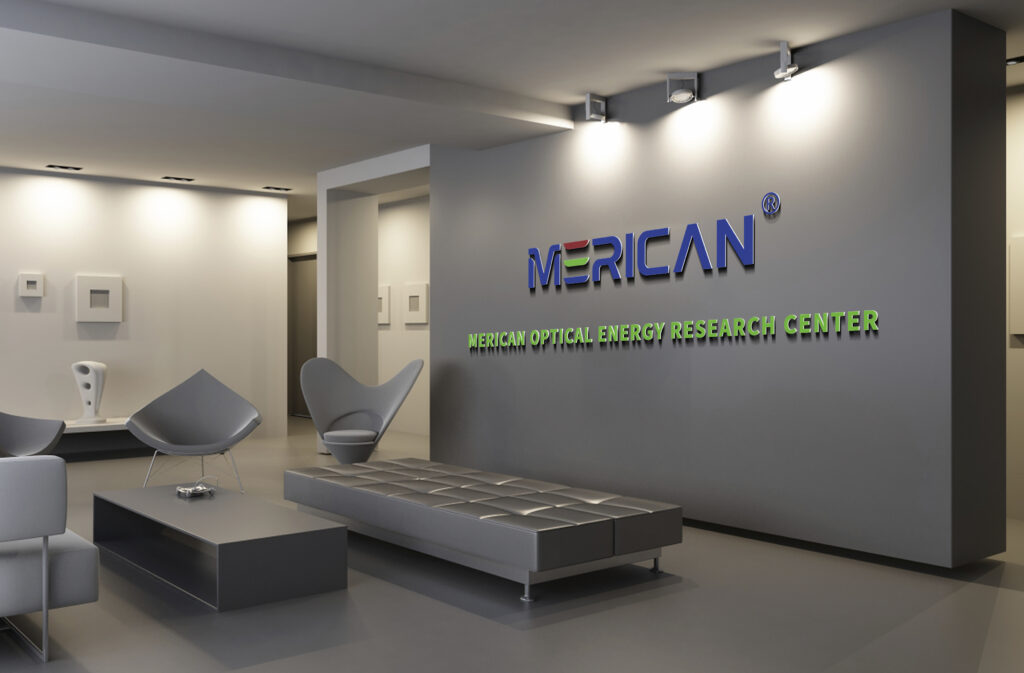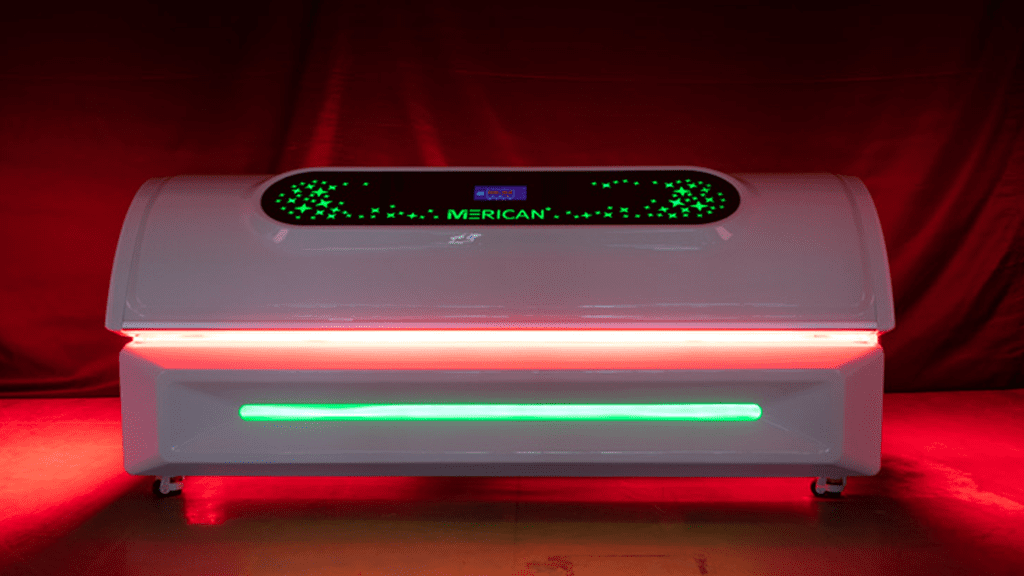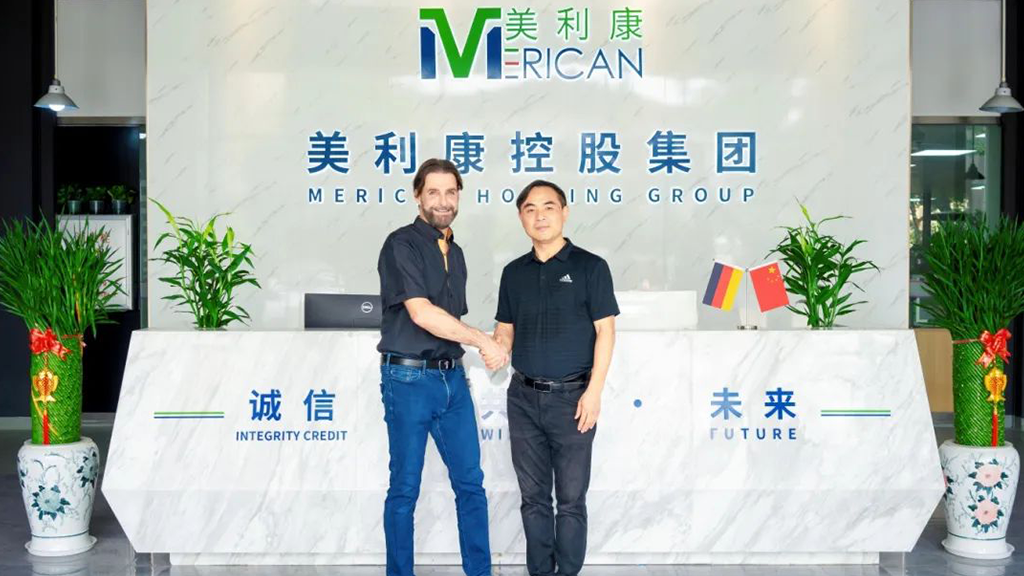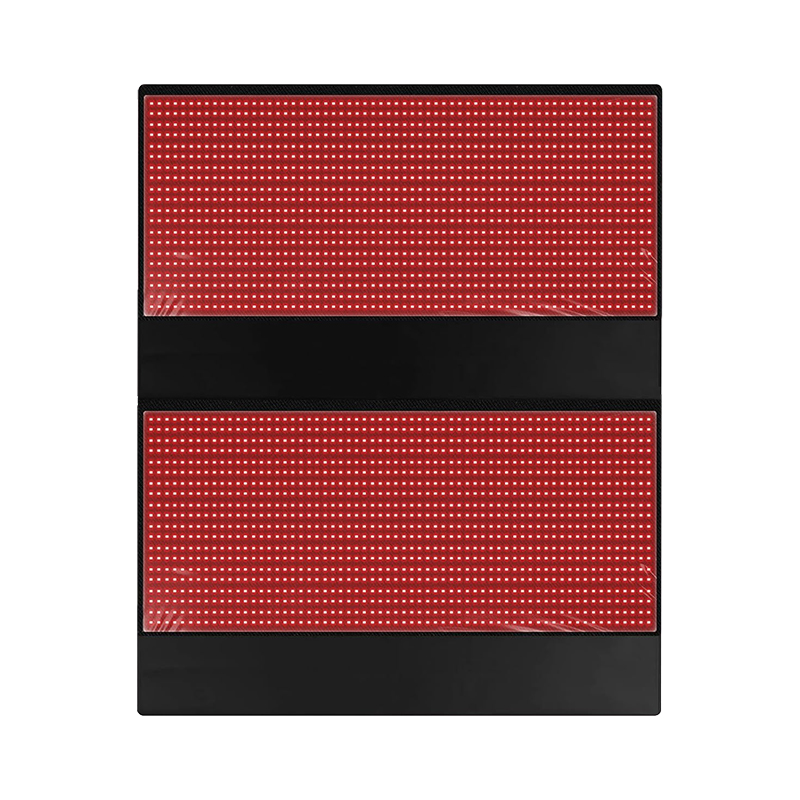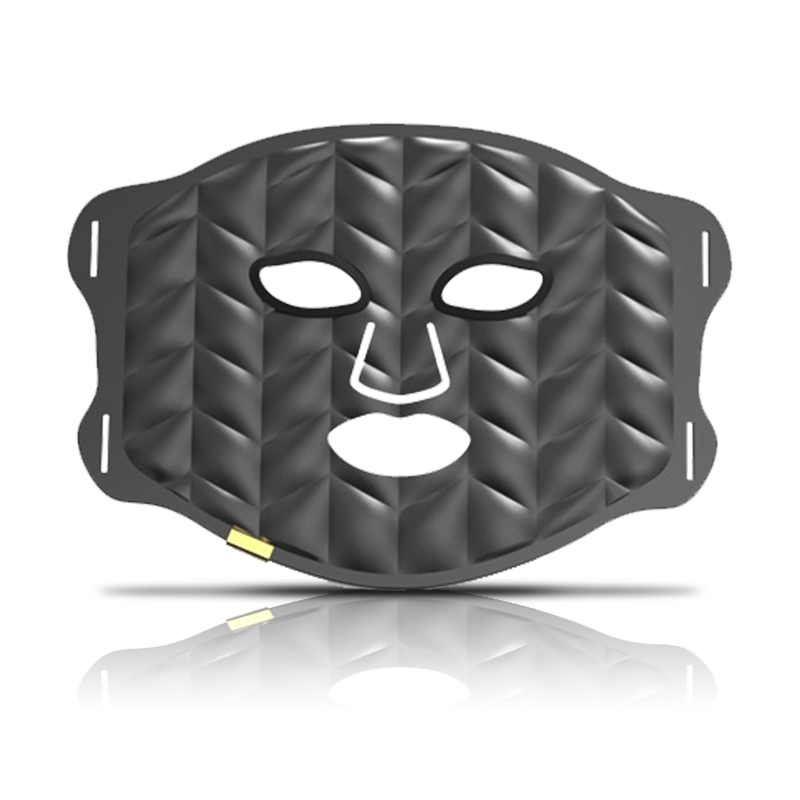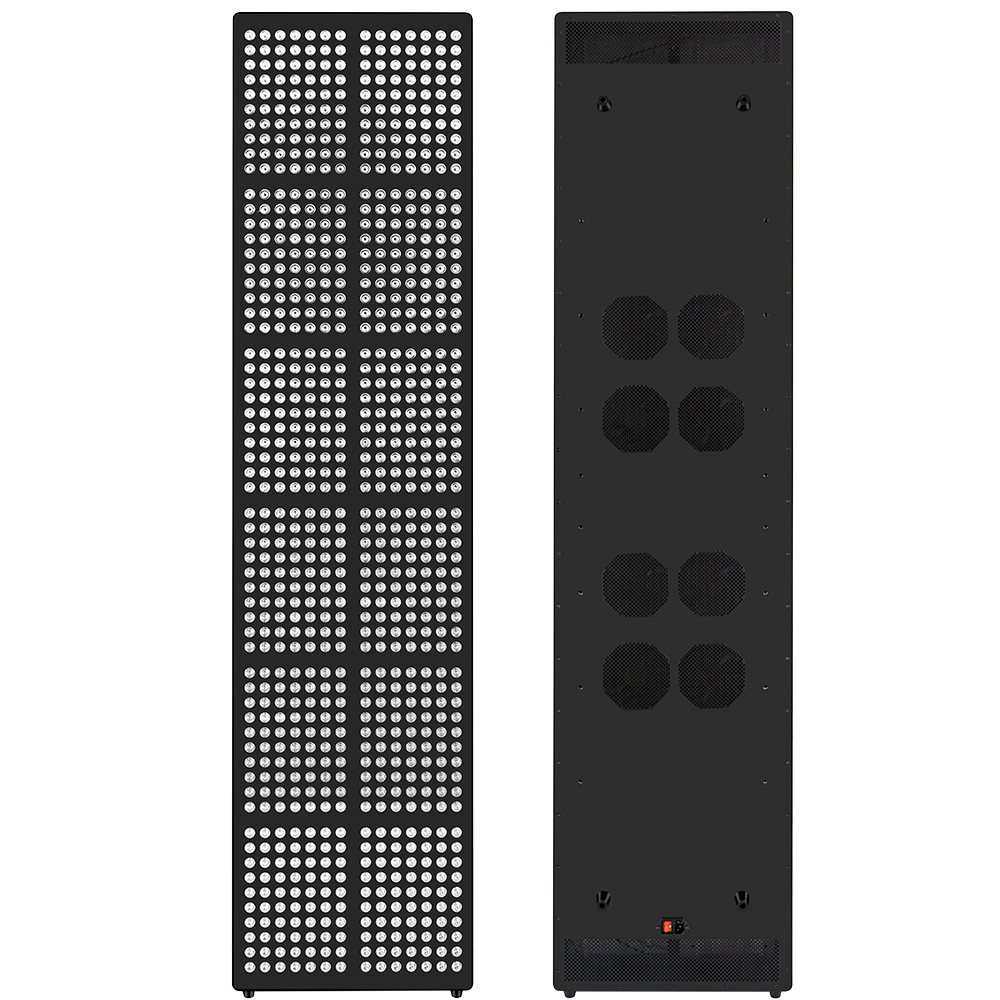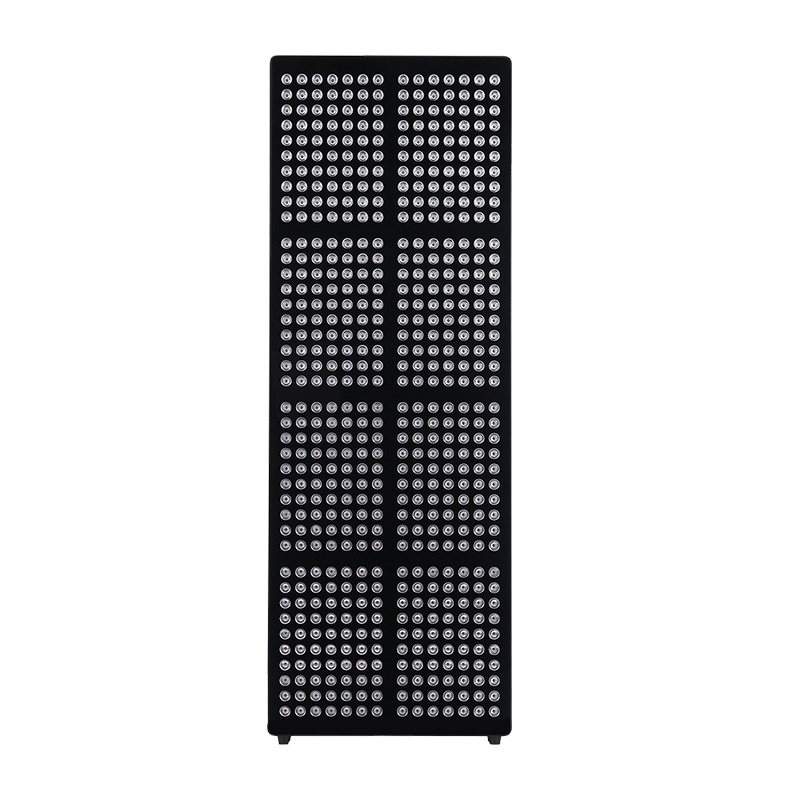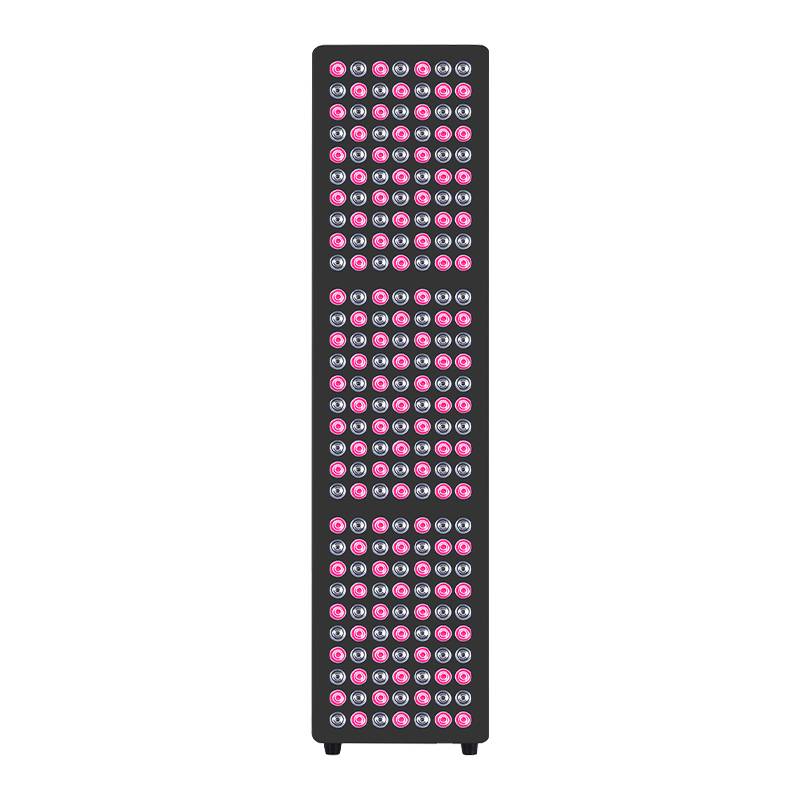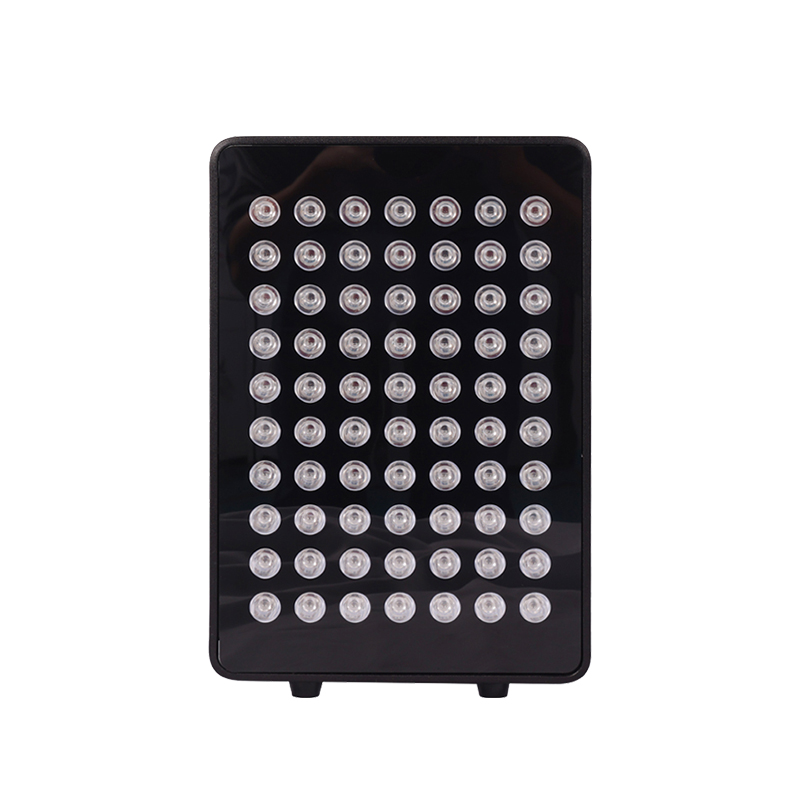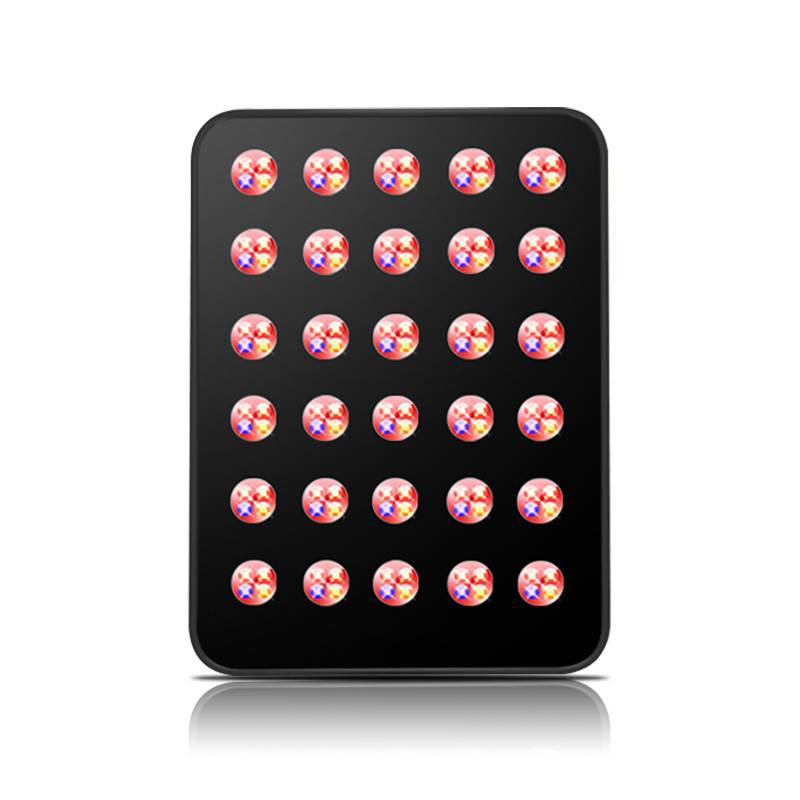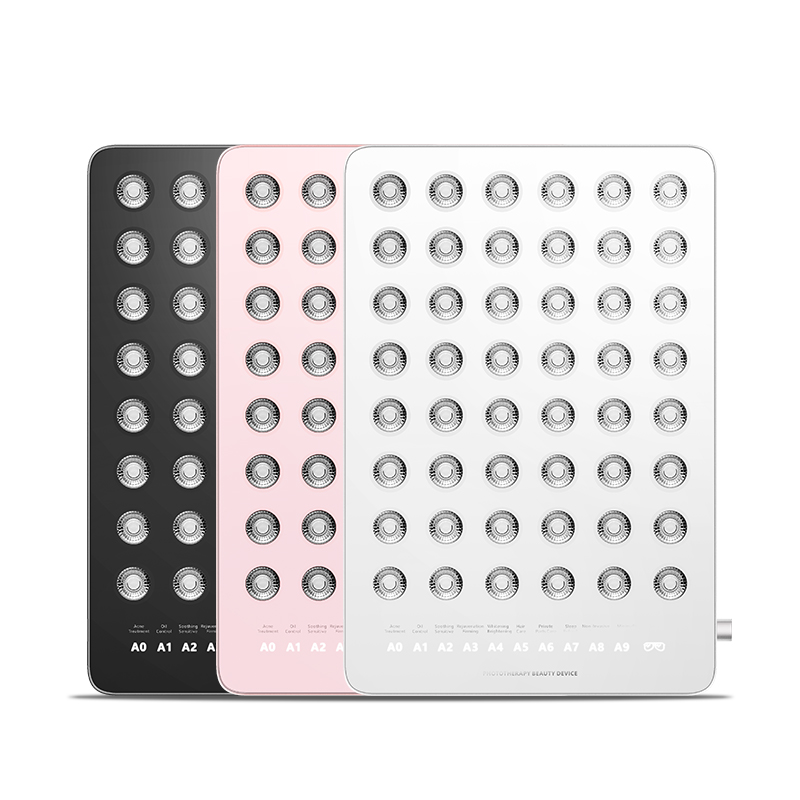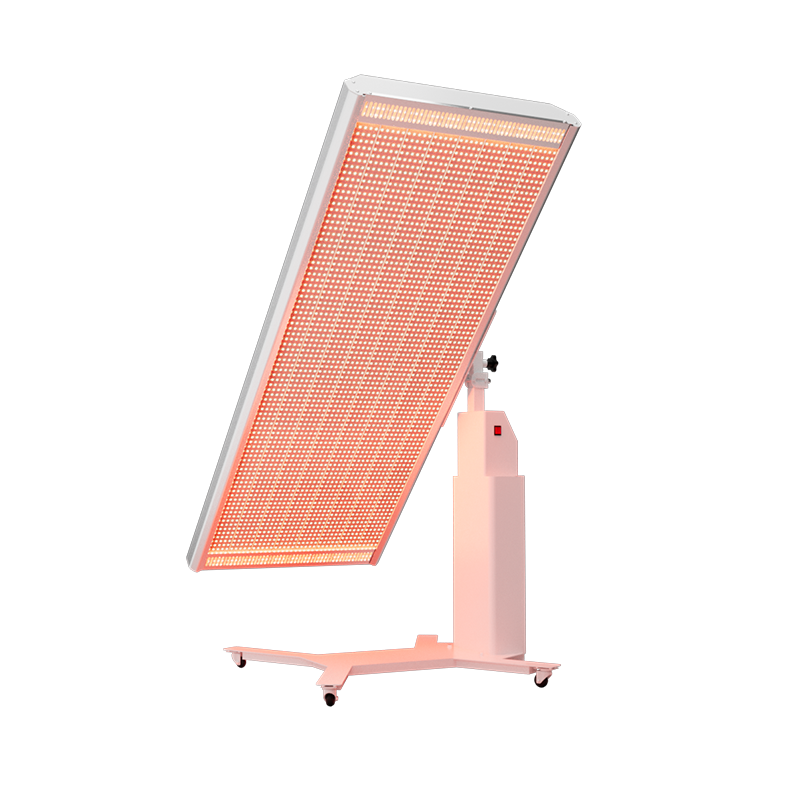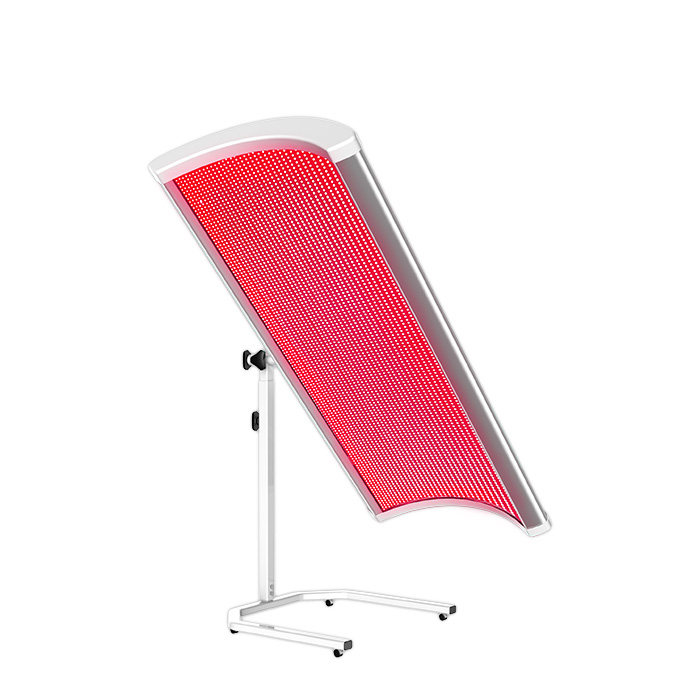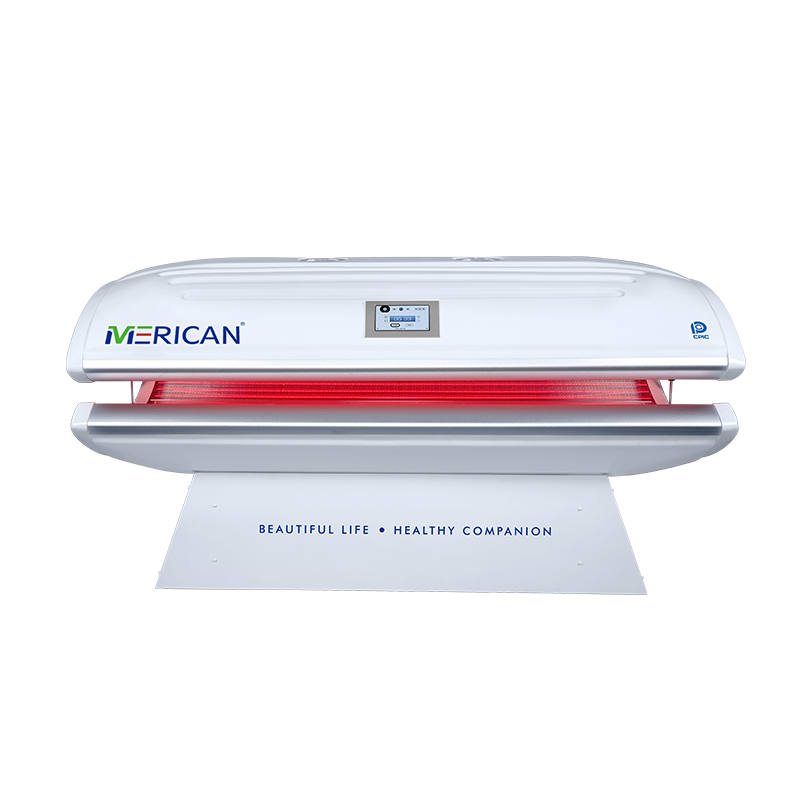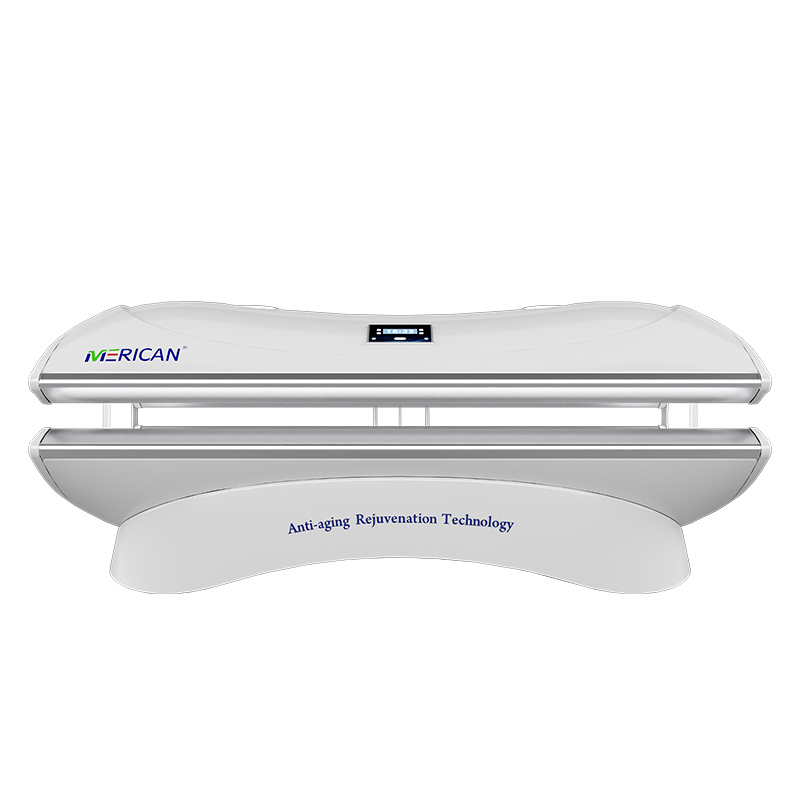Have you ever noticed that some people of the same age have wrinkles all over their faces, making them look several years older than their actual age, while others have tight skin and few wrinkles, making people envious. So why is there such a significant difference in the amount of wrinkles among people of the same age?
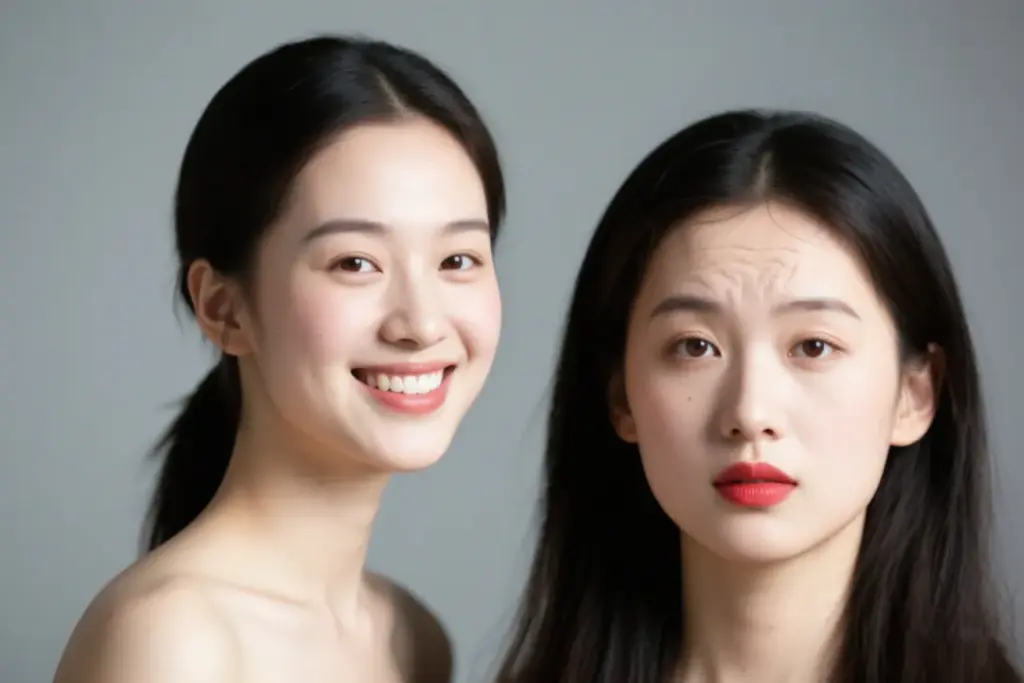
How do wrinkles form?
In the composition of our skin, collagen is the core component that maintains the structure, elasticity and youthfulness of the skin. It is like countless invisible elastic springs, crisscrossing in the dermis, forming a three-dimensional and tough “support network”.
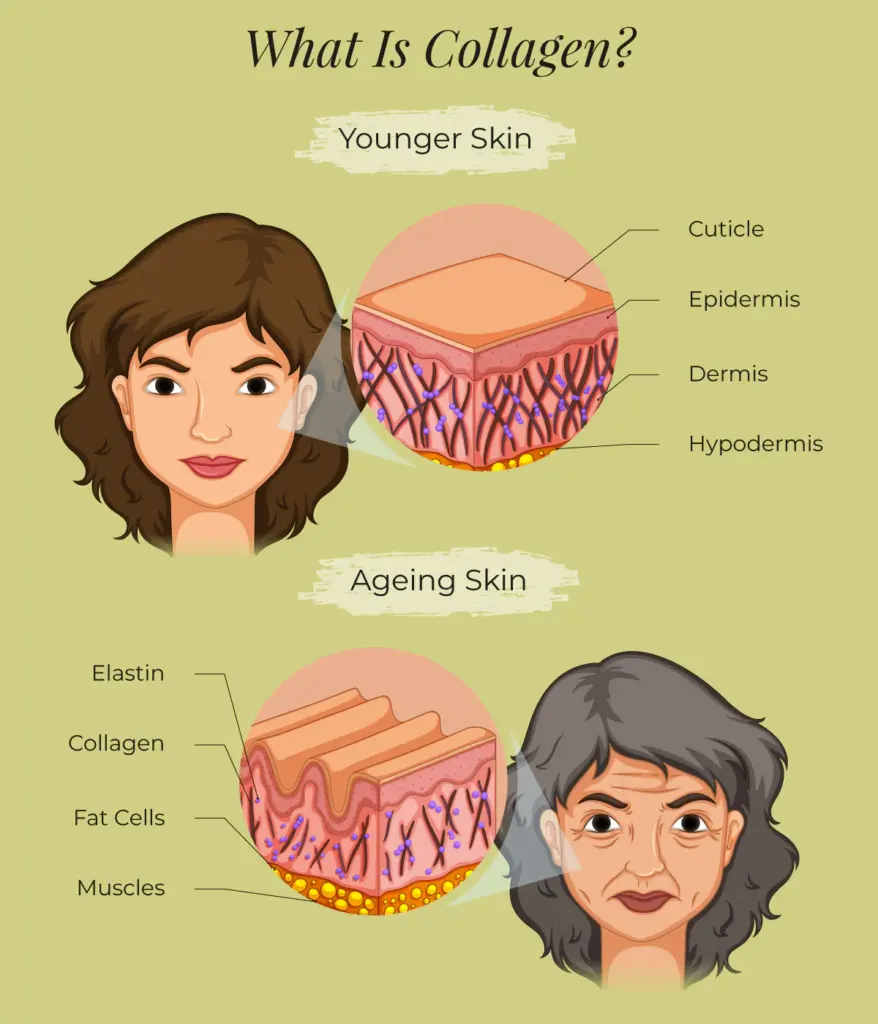
Once collagen is lost, this delicate network will gradually break and loosen, causing the skin to lose support and then show signs of aging such as wrinkles, sagging, and dryness.
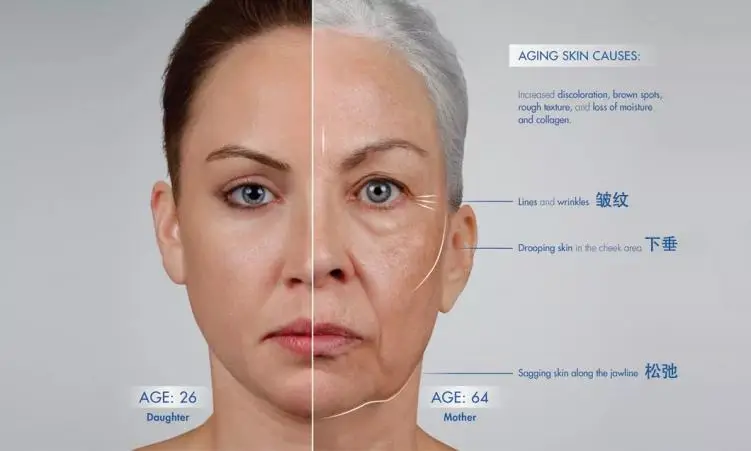
Why do people of the same age show differences in aging?
It is worth mentioning that the rate of collagen loss is closely related to multiple factors such as metabolism, hormone levels, and lifestyle habits.
01 Metabolism
The slowdown in metabolism reduces the activity of skin fibroblasts and weakens collagen synthesis, causing the skin to lose elasticity, become loose, and develop fine lines.
02 Hormone levels
Estrogen is a natural regulator of collagen metabolism. Changes in its levels directly affect the rate of skin aging. For example, a sharp drop in estrogen after menopause will significantly accelerate the loss of collagen.
03 Bad living habits
Bad habits such as overeating, irregular work and rest, smoking and drinking can easily lead to abnormal body metabolism, affect the synthesis and structure of collagen, and thus accelerate skin aging.
How to achieve anti-aging skin scientifically?
Studies have shown that 30 and 50 years old are the “cliff period” of skin aging, and the ability to synthesize collagen decreases significantly. Therefore, preventing collagen loss as early as possible is the key to keeping the skin young.
In addition to maintaining a healthy lifestyle and scientific skin care, various photoelectric technologies also provide a variety of options for skin rejuvenation. For example, red light therapy has the advantages of being non-invasive and highly safe, and has been proven to be effective in improving wrinkles and sagging skin.

As early as the 1990s, NASA’s photobiomodulation research found that the mitochondria of cells in the dermis can absorb red light of a specific wavelength, enhance mitochondrial function, promote ATP synthesis and collagen production, and thus improve skin firmness.
A large number of clinical studies at home and abroad have also confirmed that red light can promote the proliferation and migration of fibroblasts, thereby promoting the synthesis of new collagen, making the dermal collagen fibers arranged neatly and tightly, and significantly increasing their density, which can improve skin appearance such as wrinkles and firmness, and delay the aging process.
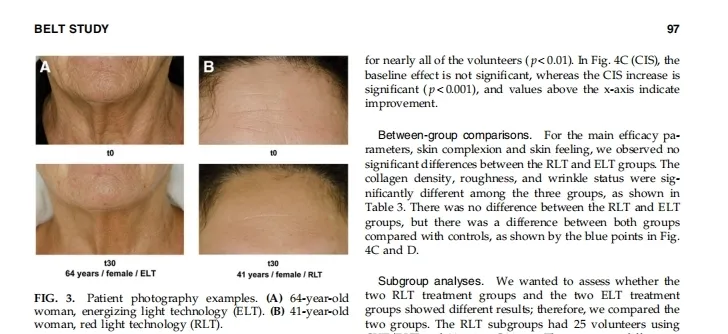
The MERICAN collagen whitening cabin based on red light therapy integrates the multi-ratio composite light technology developed jointly with the German team, which can produce photobiological effects on the whole body. This effect can activate mitochondrial function, provide energy support for skin metabolism, thereby promoting collagen synthesis, helping to fade fine lines, improve roughness and dullness, and help the skin maintain a healthy and youthful state.
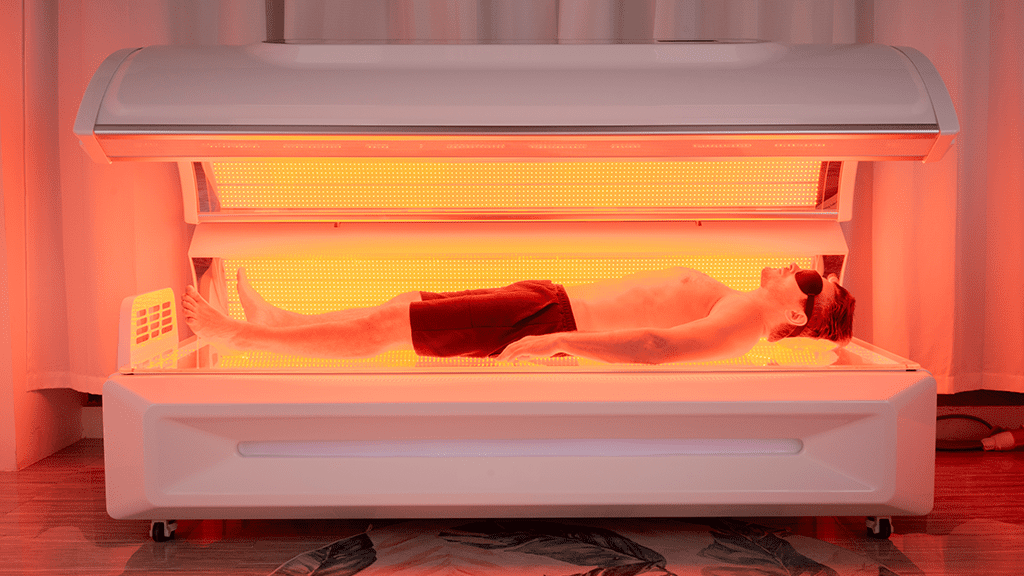
Finally, although aging is an inevitable natural process, choosing the right scientific method to intervene can not only slow down the aging process, but also help the skin maintain a healthy state at every age.

